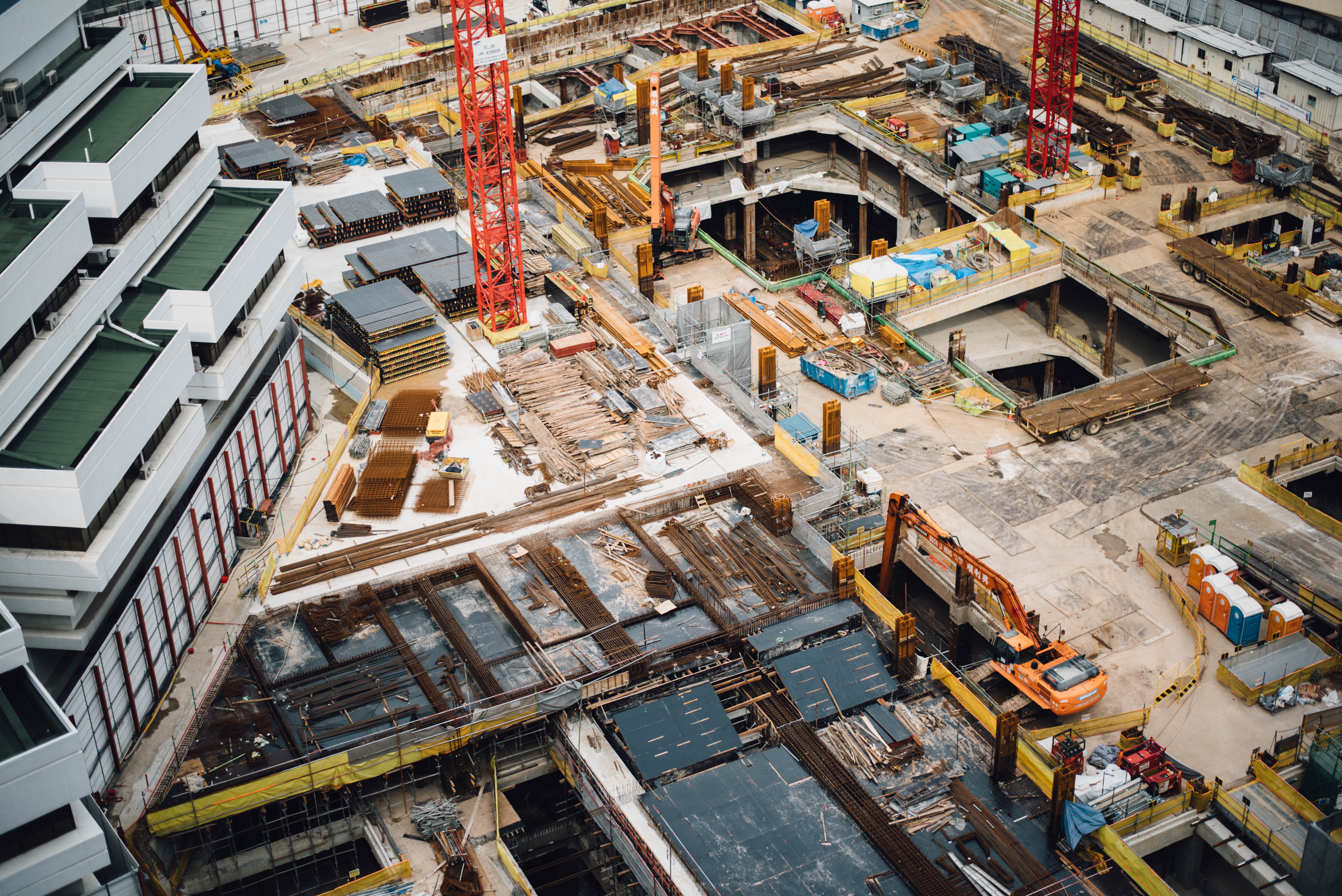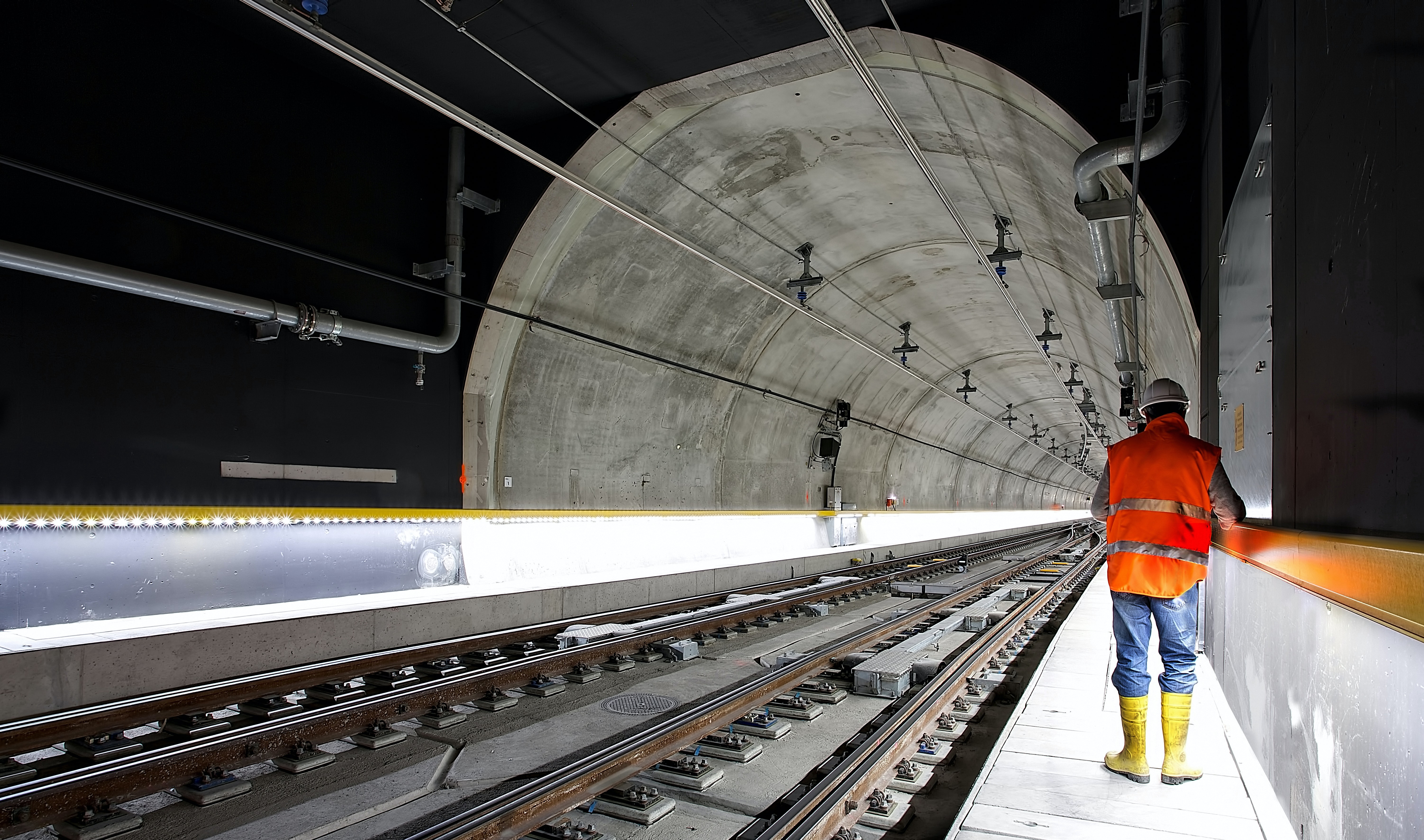Rail electric transport is one of the most efficient types of urban passenger transport in terms of maximum carrying capacity. But, unlike the metro, UrbanTwinTrain does not require large investments at the construction stage and high operating costs with a comparable number of passengers transported and speed. This means that UrbanTwinTrain can replace an expensive subway, while saving budget funds and largely preserving infrastructure.
One of the most significant advantages of UrbanTwinTrain over the subway is the significant savings in the total time spent on the trip. If it is taken into account that the average travel distance of a metro is about 13 km, then with an average metro speed of 25 km/h, the passenger travels daily in each direction from 25 to 40 minutes. At the same time, only a smaller part of this time spends directly on the train, and the rest of this time spends on descending or climbing escalators, advancing along crossings and platforms, waiting for the arrival of the train, approaching the car, leaving the car to the city and transferring. This is a characteristic feature of any, even the most modern and technological metro. At this time, metro passengers have discomfort, feelings of lassitude and irritation.

If a passenger save 10-15 minutes from these 25-40 minutes, excluding the use of escalators and underground passages from the system, then even at a lower average ground speed of UrbanTwinTrain of 20-22km/h, it will increase the average speed of travel of the average passenger around the city with a carrying capacity UrbanTwinTrain comparable to metro!/p>
Thus, a properly organized UrbanTwinTrain without overpasses (the passenger does not spend time on escalators and additional movements) with priority traffic at traffic lights at intersections is able to compete with the metro in speed and in the number of passengers transported, reaching an average speed 20-22 km/h taking into account the time at stops. In addition, there is no congestion at the entrances and exits, passengers feel much more comfortable and happier.
Moreover, calculations show that with a short travel distance (less than 5-6 km), the speed of travel on the subway becomes lower than on land modes of transport. Therefore, in cities with such an estimated average travel range, there is no reason for the construction of the subway. And trips to the metro at a distance of one or two stops (up to 3 km) are considered unprofitable in the presence of land transport. UrbanTwinTrain makes such trips profitable, since the passenger is always ahead of the passenger of ongoing ground transport. Therefore, the organization of UrbanTwinTrain in cities, even with a relatively short travel distination, is expedient, efficient and economically profitable.
Rush Hour UrbanTwinTrain Efficiency
At rush hour, due to the increase in the intensity of passenger traffic, the performance of service for subway passengers deteriorates: walking time increases, escalators form congestion and passenger fatigue from the trip increases. During these hours, spacious transport UrbanTwinTrain moving in pairs will also be very efficient.
Ground stations
During the construction of the ground station of the UrbanTwinTrain system, a smaller area is engaged in than during the open construction of an underground metro station with two exits. Tram stops are not as expensive to build and maintain as metro stations.


When building underground metro stations and laying tunnels, as a rule, a large amount of complex construction and mining equipment and construction materials is used, unlike light structures of tram stopping points, which do not require large capital costs for manufacturing and construction.
The safety of a trip using UrbanTwinTrain is much higher than in the subway. The subway is a system whose tunnels are laid all the way under or above the ground, and between passengers, located at the station and in train cars, and the earth's surface there are escalators, as well as narrow passages and stairs that make it difficult for a large number of people to get out at the same time. Therefore, in the event of an accident, UrbanTwinTrain provides an opportunity for passengers to leave it and the danger zone quickly. As UrbanTwinTrain is completely on the land, it is much easier to ensure the delivery of rescue equipment, fire extinguishing equipment and the process of extinguishing a fire in the event of an accident than in underground metro stations. In addition, due to the lack of tunnels, there is no smoke in the escape routes and deaths from lack of oxygen.
In sum, the advantages are the following
- Subway expensive. Unlike the metro, the costs at the construction stage are much lower.
- Convenience for the city budget due to ease of service, reliability and efficiency.
- UrbanTwinTrain is able to quick respond to an increase in passenger traffic during rush hours.
- UrbanTwinTrain, unlike the metro, has a much higher profitability for investors.
- It is unnecessary to go underground and crowd at the escalators, losing up about 30 minutes of time daily.
- It is safety, since everyone is on the land surface, and not in deep tunnels. Passengers are assisted in the event of an accident more quickly, and less time is spent on eliminating its consequences and restoring the system.